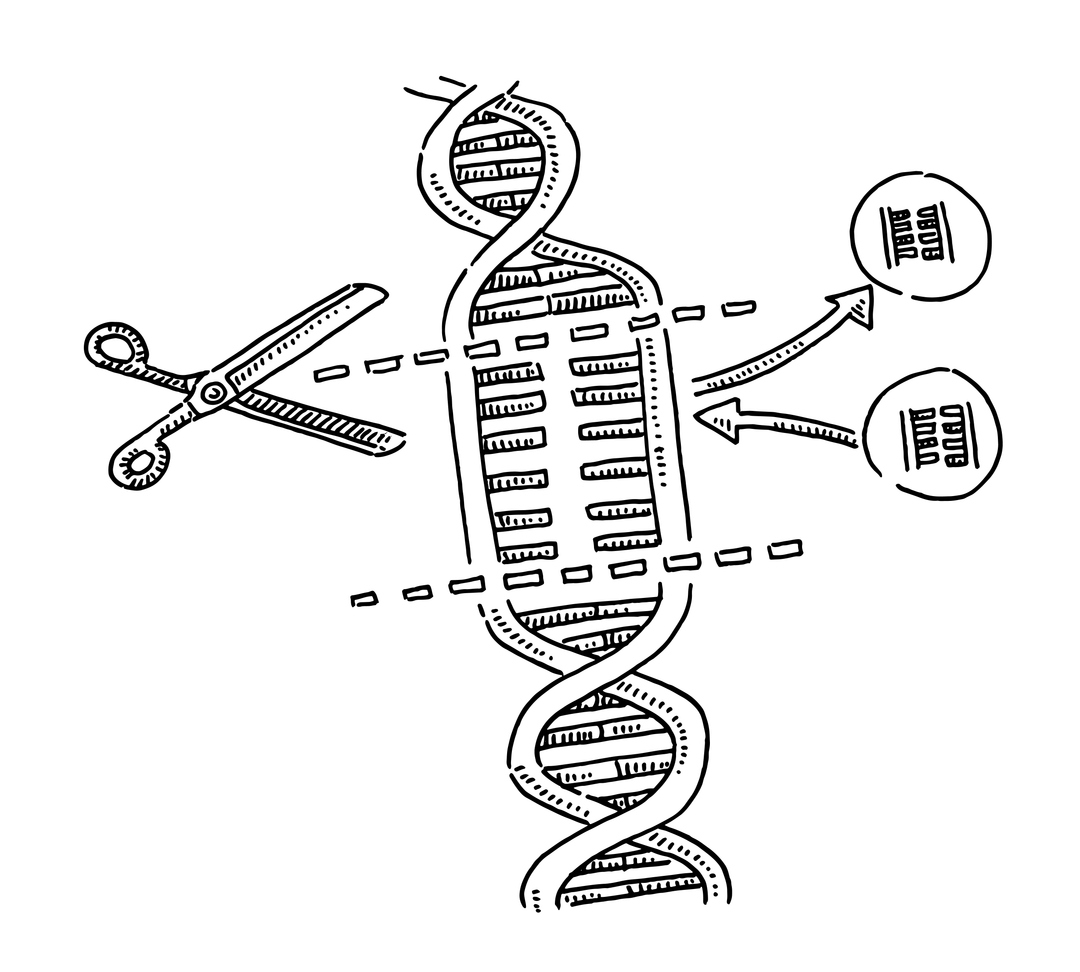In our last issue, we explored questions close to every budding researcher’s heart—how to find your area of interest in science and how to land an internship at Duke-NUS.
This time, we go as step further. er. As gene-editing technology captures global attention, we shine a spotlight on one of the most game-changing innovation in modern biology: CRISPR.
But how exactly does it work, where might it lead us, and why is it so significant?
To unpack the nuts and bolts, we spoke with Dr Gunaseelan s/o Narayanan, our expert from the Duke-NUS Stem Cell and Gene Editing (SCAGE) core facility.
Got a burning question of your own? Drop us a note—we might feature it next!
Can you explain how gene editing technologies like CRISPR work to make precise changes to DNA, and what are some of the most promising areas where it is applied?
Gene editing has long captured the imagination of scientists, but with the advent of CRISPR-Cas9, the field has entered a new era of precision and accessibility. Originally discovered as part of a bacterial immune system, CRISPR has been repurposed as a powerful genetic tool, enabling researchers to make highly specific edits to DNA in living organisms through CRISPR gene editing.
CRISPR works by using a guide RNA (gRNA) to direct the Cas9 enzyme to a targeted DNA sequence. Once the DNA is located, Cas9 makes a precise cut. The cell then attempts to repair the break, and during this process, scientists can insert, delete, or correct DNA sequences.
This tool has been applied in several promising areas.
In medicine, CRISPR holds the potential for curing genetic disorders such as sickle cell anemia and muscular dystrophy by correcting faulty genes at the source. In oncology, it is used to engineer immune cells that can more effectively target cancer cells. It has also shown great promise in fighting viral infections by disabling viral DNA in human cells.
Secondly, in agriculture, CRISPR has been used to develop crops that are more resilient to climate stress, pests and disease. Unlike food derived from genetically modified organisms, CRISPR-edited crops often do not involve foreign DNA, making them potentially more acceptable to regulators and consumers.
Thirdly, researchers are exploring using CRISPR-based gene drives in environmental sciences to control invasive species or disease vectors such as mosquitoes as a means of reducing the spread of infectious diseases including malaria and other illnesses.
While the potential of CRISPR is vast, it also raises complex ethical questions such as those relating to human germline editing and its ecological impact. Ensuring its responsible use will require clear regulation and public dialogue.




.jpg?sfvrsn=2698b44_1)



